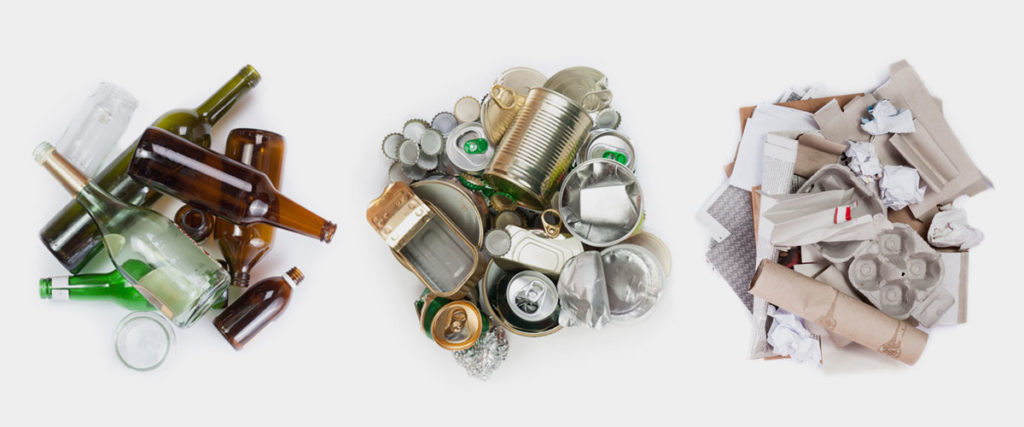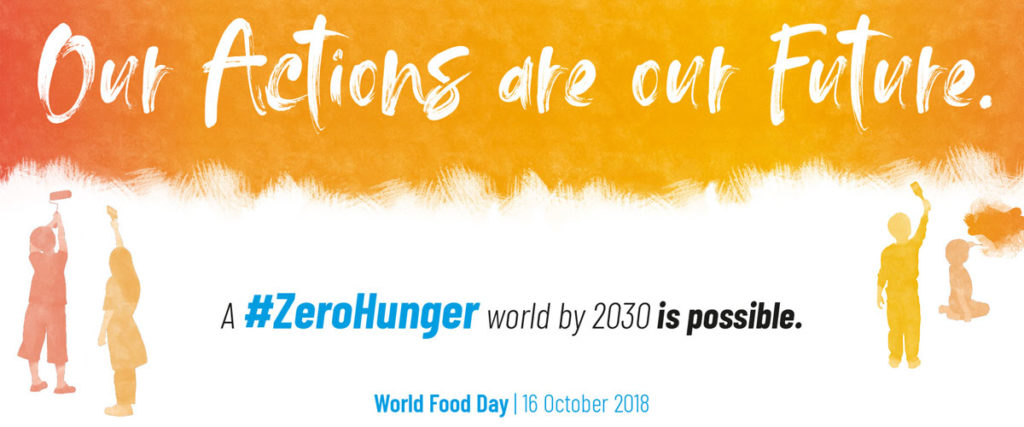
11-18-2018
Thanksgiving is a great holiday, full of delicious home-cooked food, quality time with friends and family, and sometimes a little football! It’s also all about being grateful — and what better way to be grateful than by sharing a delicious meal with your favorite people?
But on a holiday that’s all about gratitude, it’s surprising how much food can be wasted. Unfortunately, it’s pretty common — as much as 40 percent of food in America goes to waste. And the amount of waste we generate over the holidays is 25 percent more than during the rest of the year.
Don’t worry — by following a few of our tips, your Thanksgiving celebration can practice more gratitude for food than ever.
1. Estimate how much food you’ll need to make in advance. Make a guest list and ask everyone to RSVP so you have an accurate headcount. Then, use the NRDC’s Guest-imator, which will help you plan portions based on how many guests you’re expecting. If that seems too confusing, try these guidelines from The Spruce.
2. Plan fewer side dishes, especially ones that only a couple of people will want. Make sure your side dishes are ones you would personally enjoy eating as leftovers once the big day is over.
3. Shop smart. Buy groceries you know you’ll use based on your recipes, and calculate the quantities you need ahead of time. That way you won’t have leftover ingredients that you don’t have time to use.
4. Less peeling, less work! When it comes to vegetables such as potatoes and carrots, skip the peeling. Vegetable skins have a lot of nutritional value, and they just need to be rinsed clean. Plus, if you peel less, you’ll make less food waste, and you’ll have less work to do! Who doesn’t want Thanksgiving cooking to be easier?
5. Assign your guests specific dishes to bring. If everyone has a specific dish to bring, you won’t end up with duplicate dishes (that won’t get eaten).
6. Make plans for your leftovers. The possibilities for Thanksgiving leftovers are endless, and far from boring — take a look at this list by Taste of Home for inspiration. Do you always end up with leftover turkey and bread? Make some extra cranberry sauce for turkey sandwiches! Once you have a plan in place, you’ll be more likely to follow through. If you don’t think you’ll be able to use up all your leftovers in time, freeze them and enjoy that turkey whenever you’re in the mood.
7. Send leftovers home with guests in reusable food containers, or even in the containers they brought their side dishes in.
8. Compost your food scraps. No matter how hard you try, you’re always going to end up with a few scraps here and there. (Onion skins, anyone?) Put them to good use by tossing them in a compost bin, worm bin, or green/food waste cart.
Happy Thanksgiving!







